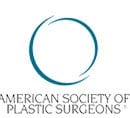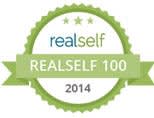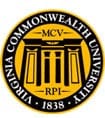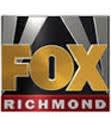1. What is Laser Resurfacing?
Laser resurfacing is a treatment to reduce facial wrinkles and skin irregularities. Laser resurfacing directs short, concentrated beams of light at the treatment area. The two common types of labor resurfacing are carbon dioxide (CO2) and erbium. Each type vaporizes skin cells damaged at the surface level. Laser skin resurfacing removes skin layer by layer with precision. The new cells that form during the healing process give the skin a tighter, more youthful appearance.
2. Results Depend on the Skills of the Provider.
Choose a qualified provider for his/her expertise, qualifications, and training. A board-certified dermatologist can safely perform laser treatments; however, when the person performing your laser treatment lacks medical expertise, laser treatments may not give you the result you hoped for or expected. In the hands of a non-qualified, poorly trained individual, laser treatments can be ineffective and dangerous.
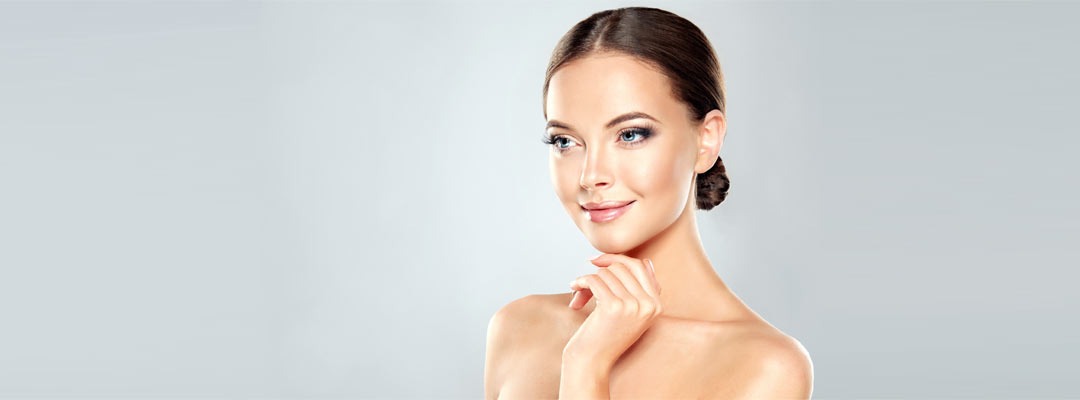
3. A Medical Consultation is Critical Before Any Laser Treatment.
It is essential that the person performing your laser treatment is fully aware of your medical conditions, allergies, and medications you are taking. Additionally, during your medical consultation, inform your provider if you get cold sores, smoke, or take supplements. It’s also important that your provider know and understand what you hope to achieve from your laser treatment.
4. What Should I Do to Prepare for My Laser Treatment?
Stop smoking at least two (2) weeks prior to any laser treatment. Stop taking Vitamin E, aspirin, or any other medications or supplements that could delay healing. Stop using skin care products contain a retinoid or glycolic acid for 2-4 weeks prior to your laser treatment. Avoid the sun or tanning beds. Inform your provider if you are prone to cold sores or fever blisters as laser resurfacing can trigger an outbreak of cold sores or fever blisters. Your provider may prescribe an antibiotic or an antiviral before treatment. It should be noted that people with active acne or very dark skin are not generally good candidates for laser resurfacing treatment.
5. Will My Laser Treatment Hurt?
The sensation during laser treatment is commonly compared to a rubber band snapping against the skin. However, what laser resurfacing feels like often depends on the depth of the laser, the area being treated, and a person’s tolerance to pain. Deeper laser treatments may require anesthetic injections or sedation to keep a patient comfortable. After treatment, tenderness of the treatment area can be expected.
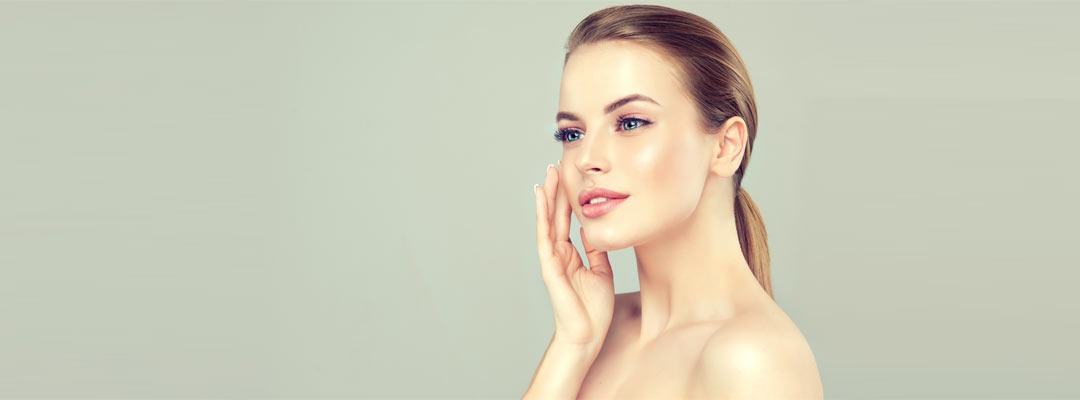
6. What Should I Expect During My Laser Treatment?
Laser resurfacing treatments are usually performed on an outpatient basis. If your provider is treating your face, expect your procedure to last 30-45 minutes. However, a full-face procedure can take up to two hours. After the laser procedure, the area treated will be bandaged. After 24 hours, the treated area will need to be cleaned 4-5 times a day. Following the cleaning, an ointment, such as petroleum jelly, will need to be applied to prevent scabbing. It is normal for there to be swelling after laser skin resurfacing. Make sure to keep your head elevated at night to help ease swelling.
Using an ice pack on the treated area in the first 24 to 48 hours after laser resurfacing will also help reduce swelling. Your face may itch or sting for 12 to 72 hours after the procedure. Five to seven days after laser resurfacing, your skin will dry and peel. After the skin heals, oil-free makeup can be used to minimize redness. It is also important to keep the new skin well moisturized. It should be noted that after healing, people with darker skin tones are more likely to get darker pigmentation. Additionally, it takes a period of time for the laser resurfacing results to appear.
7. The Time of Year Makes a Difference
Laser-treated skin is sensitive to sun exposure; therefore, many cosmetic providers recommend undergoing laser resurfacing in the fall or winter when days are shorter, and the sun is less intense. Regardless of the time of year you have a laser procedure, wear a broad-spectrum SPF 30 or higher sunscreen daily. Also, if you show up for treatment with a tan or a sunburn, your provider cannot treat you.
8. Can Laser Treatment Get Rid of Scars?
Laser treatment can make a scar less noticeable, but it cannot get rid of a scar. Laser treatment can prevent a raised scar from forming after surgery, can reduce scar pain and itching, and can increase your range of motion if a scar prohibits it.
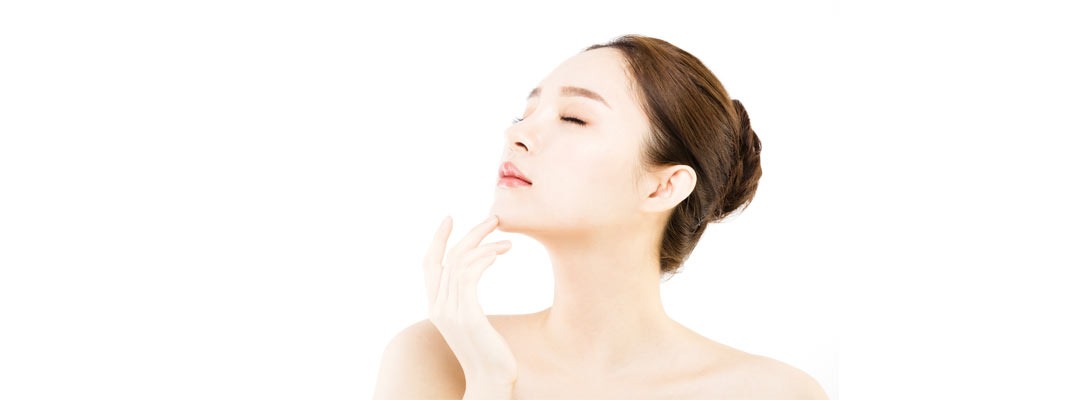
9. Will One Laser Resurfacing Treatment Be Sufficient?
In some cases, a single laser treatment will take care of the patient’s concerns, however, if your laser resurfacing treatment goal is to treat such issues as scars, more than one treatment may be necessary. Additionally, in general non-ablative laser treatment required no downtime; however, ablative lasers can require up to two to three weeks to heal, depending on the depth. This does not mean you have to stay home. It just means the treated area will be raw and red. An example of laser resurfacing that requires more than one laser treatment is tattoo removal. Sometimes, complete removal of a tattoo can take one or two years, with treatments occurring every 6, 8, or 12 weeks. Think before you ink.
10. What is the Cost of Laser Skin Resurfacing?
According to the American Society of Plastic Surgeons, the average cost of laser resurfacing in 2017, ranged from $1,100 to $2,100. Because laser resurfacing is considered a cosmetic procedure, most medical insurances will not cover the cost of laser resurfacing. Many doctors offer financing options.







